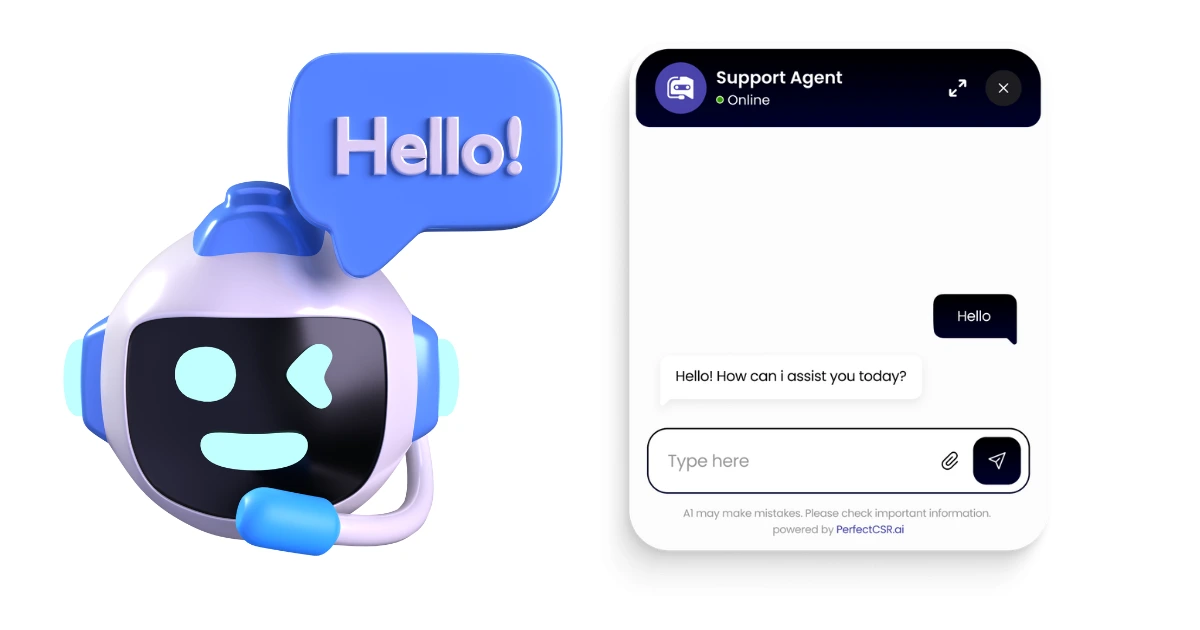
ChatGPT, the OpenAI chatbot, has emerged as the clear leader in the world of ChatGPT AI chatbot services, accounting for roughly 80.92% of global traffic in August 2025 (TechGaged). That’s a staggering share in a space crowded with ambitious rivals.
What began as a promising experiment has now turned into the central pillar of how people engage with AI. The open AI chatbot ChatGPT is increasingly becoming the gateway for users wanting natural-language interactions, suggestions, or assistance. Its dominance is comparable to that of Google for search or YouTube for video.
Meanwhile, other ChatGPT chatbot competitors are still vying for attention. Perplexity commands about 8.08% of usage, Microsoft Copilot 5.19%, DeepSeek 2.74%, Google’s Gemini 2.19%, and Claude around 0.88%.
Analysts believe that the reason so many have gravitated toward ChatGPT is that once a platform becomes reliable and familiar, users prefer to stay within that ecosystem. In effect, ChatGPT is no longer a rhetorical question — it’s the default answer people expect when they say “AI assistant.” The chatbot ChatGPT identity has become nearly synonymous with AI conversation itself.
For businesses and developers, focusing efforts on ChatGPT for chatbot integration is becoming a safer bet than experimenting with less proven platforms. The scale and trust ChatGPT has earned gives it a strong foundation for new use cases, whether in customer support, education, content generation, or personal assistance.

That said, being the dominant player also brings challenges. Since much of user interaction is funneled through the ChatGPT AI chatbot app and the web interface, innovation among competing AI providers must be bold to break through. With the increasing involvement in work and life, users expect a single reliable platform to meet diverse AI needs. For instance, new features, niche focus, or domain specialization might be the tactics challengers adopt to win.
From an Ai content creator and SEO point of view, the dominance of ChatGPT is opportunity as much as it is responsibility. With more individuals utilizing AI capabilities to create or edit content, the ability to optimize for AI comprehension (rather than just human readers’ understanding) may become a requirement. Writers and marketers may need to align their work not only for search engines but also for AI systems like ChatGPT that may curate, repurpose, or summarize content.
In short: The chatgpt ai chatbot isn’t just winning market share — it’s reshaping how we think of AI interaction, putting pressure on rivals and redefining the way digital content and tools evolve.
ChatGPT, the OpenAI chatbot, has emerged as the clear leader in the world of ChatGPT AI chatbot services, accounting for roughly 80.92% of global traffic in August 2025 (TechGaged). That’s a staggering share in a space crowded with ambitious rivals.
What began as a promising experiment has now turned into the central pillar of how people engage with AI. The open AI chatbot ChatGPT is increasingly becoming the gateway for users wanting natural-language interactions, suggestions, or assistance. Its dominance is comparable to that of Google for search or YouTube for video.
Meanwhile, other ChatGPT chatbot competitors are still vying for attention. Perplexity commands about 8.08% of usage, Microsoft Copilot 5.19%, DeepSeek 2.74%, Google’s Gemini 2.19%, and Claude around 0.88%.
Analysts believe that the reason so many have gravitated toward ChatGPT is that once a platform becomes reliable and familiar, users prefer to stay within that ecosystem. In effect, ChatGPT is no longer a rhetorical question — it’s the default answer people expect when they say “AI assistant.” The chatbot ChatGPT identity has become nearly synonymous with AI conversation itself.
For businesses and developers, focusing efforts on ChatGPT for chatbot integration is becoming a safer bet than experimenting with less proven platforms. The scale and trust ChatGPT has earned gives it a strong foundation for new use cases, whether in customer support, education, content generation, or personal assistance.

That said, being the dominant player also brings challenges. Since much of user interaction is funneled through the ChatGPT AI chatbot app and the web interface, innovation among competing AI providers must be bold to break through. With the increasing involvement in work and life, users expect a single reliable platform to meet diverse AI needs. For instance, new features, niche focus, or domain specialization might be the tactics challengers adopt to win.
From an Ai content creator and SEO point of view, the dominance of ChatGPT is opportunity as much as it is responsibility. With more individuals utilizing AI capabilities to create or edit content, the ability to optimize for AI comprehension (rather than just human readers’ understanding) may become a requirement. Writers and marketers may need to align their work not only for search engines but also for AI systems like ChatGPT that may curate, repurpose, or summarize content.
In short: The chatgpt ai chatbot isn’t just winning market share — it’s reshaping how we think of AI interaction, putting pressure on rivals and redefining the way digital content and tools evolve.